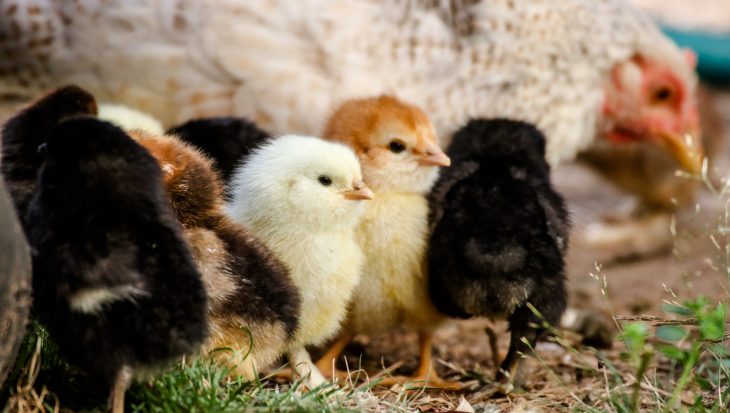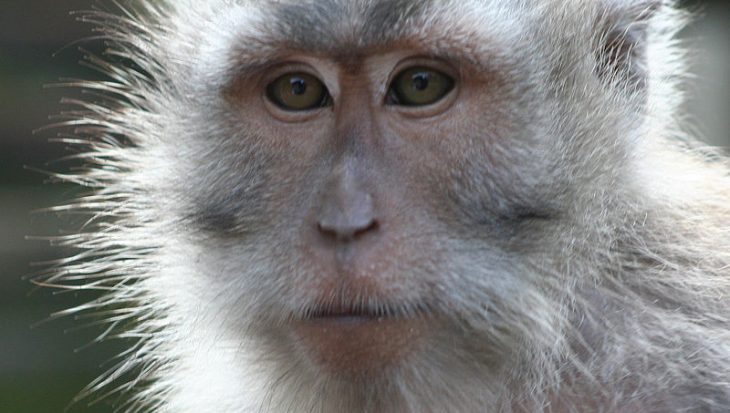Among the most astonishing and depressing aspects of the affair is that less than half an hour after the fatalities, the race in which they were due to take part went ahead. Racecourse vets determined that the surviving eight runners were fit to race, even though at least two of them had received electric shocks. Kid Cassidy was withdrawn by trainer Nicky Henderson but The Merry Giant, despite concern expressed by his trainer’s partner, Gearoid Costello, was given the all-clear by vets and did take part. He finished last and was said by Costello to be ‘badly traumatised’.
There are reports that some of the horses who raced had burn marks on their mouths, apparently caused by shocks – although the British Horseracing Authority disputes this.
Animal Aid has long been concerned about the motivation and competence of racecourse vets. An example we highlighted involved Butler’s Cabin. He was passed fit to run in the 2009 Grand National, despite having collapsed after two earlier races and requiring oxygen in one instance and emergency veterinary treatment on the other occasion. During the 2009 race at Aintree, he again collapsed and needed oxygen.
Says Animal Aid Director, Andrew Tyler:
‘Horses are sensitive, intelligent animals. On Saturday at Newbury, they would not have been oblivious to the fact that two of their fellows had died with awful suddenness, one of the two reportedly letting out a terrible cry. Furthermore, at least two of the survivors had themselves received an electric shock. All would have been shaken, if not fearful. For the vets responsible to have judged them fit to take part in a taxing hurdle race, is incomprehensible and a scandal.’
It should be noted that another horse perished on Saturday – Kilmurry at Warwick. Animal Aid’s Race Horse Deathwatch demonstrates that one horse dies roughly every two days on a British racecourse. The total number of fatalities recorded by Deathwatch between March 2009 and 2010 was 154. The true figure is significantly higher, because not all racecourse deaths come to Animal Aid’s notice.
For more information
- Contact Andrew Tyler or Dene Stansall on 01732 364546
- An ISDN line is available for broadcast quality interviews
- A database of on-course fatalities can be viewed at Race Horse Deathwatch

